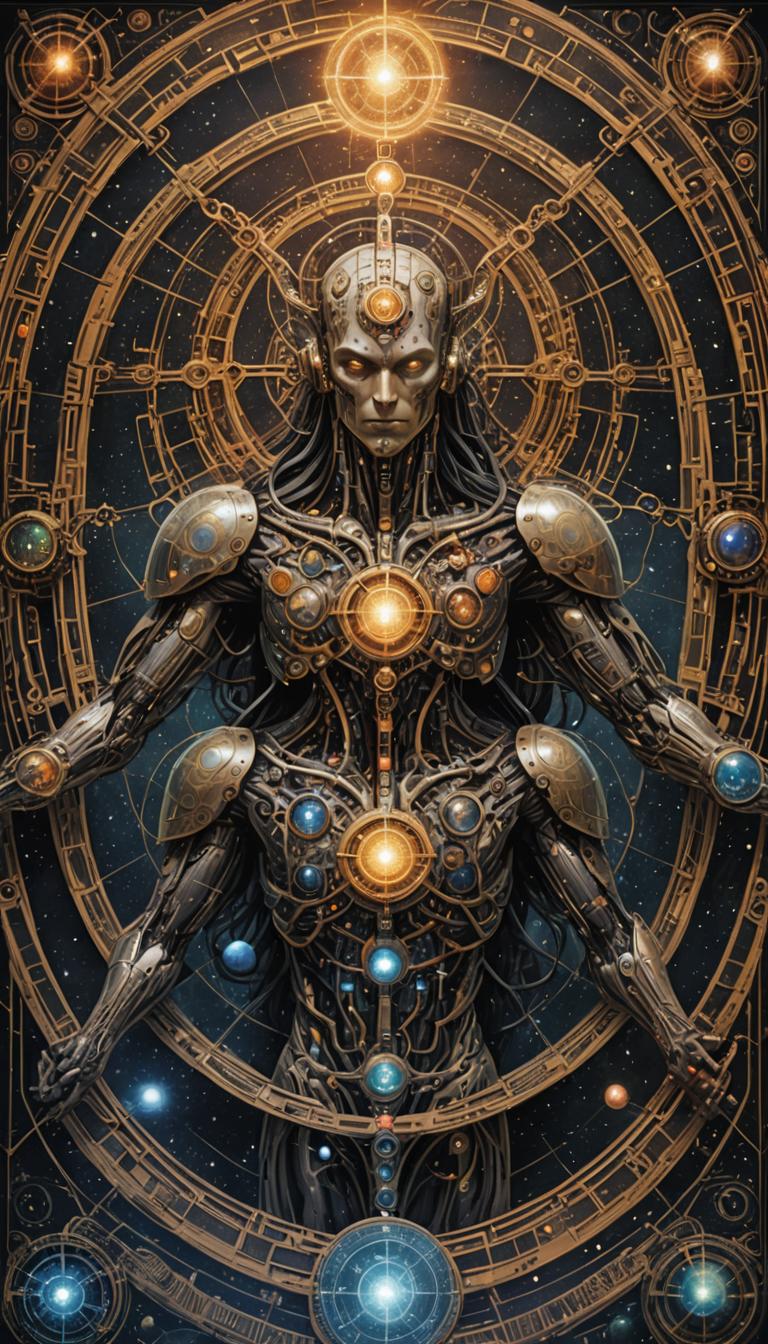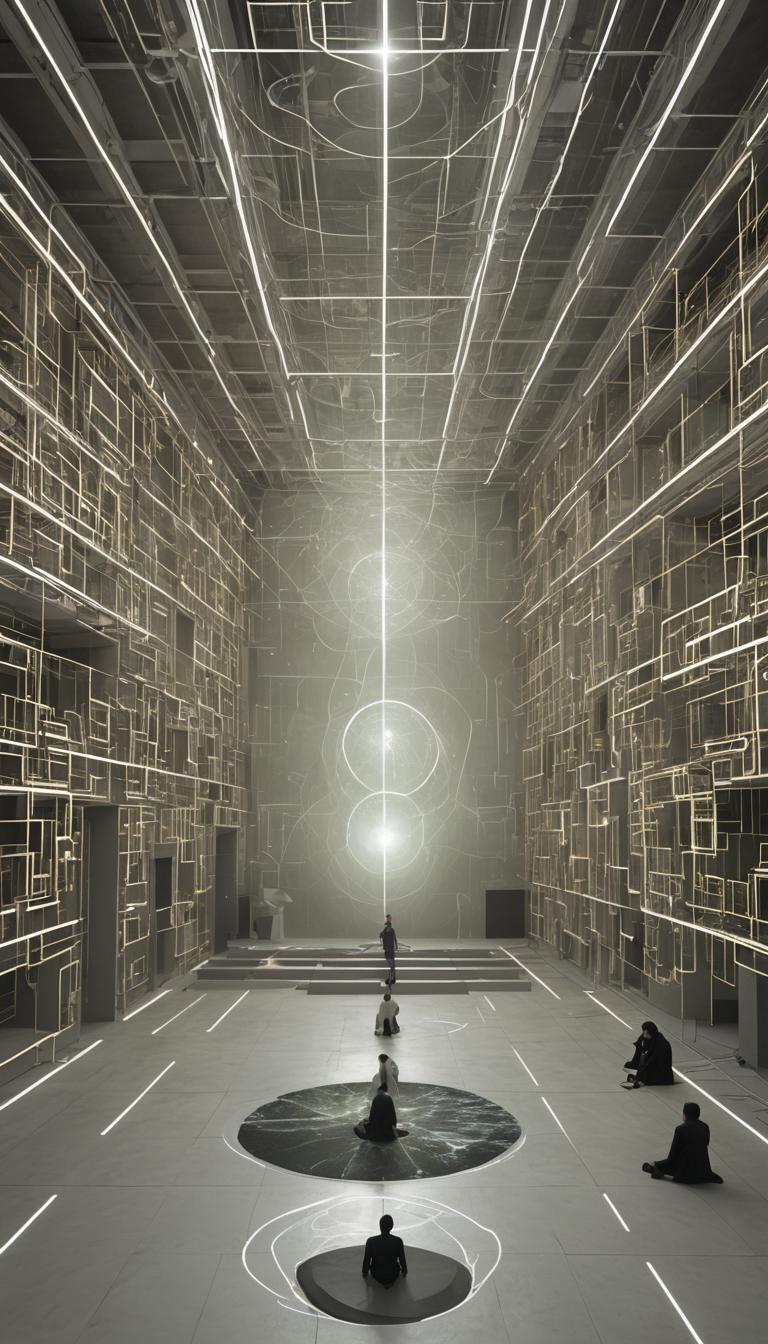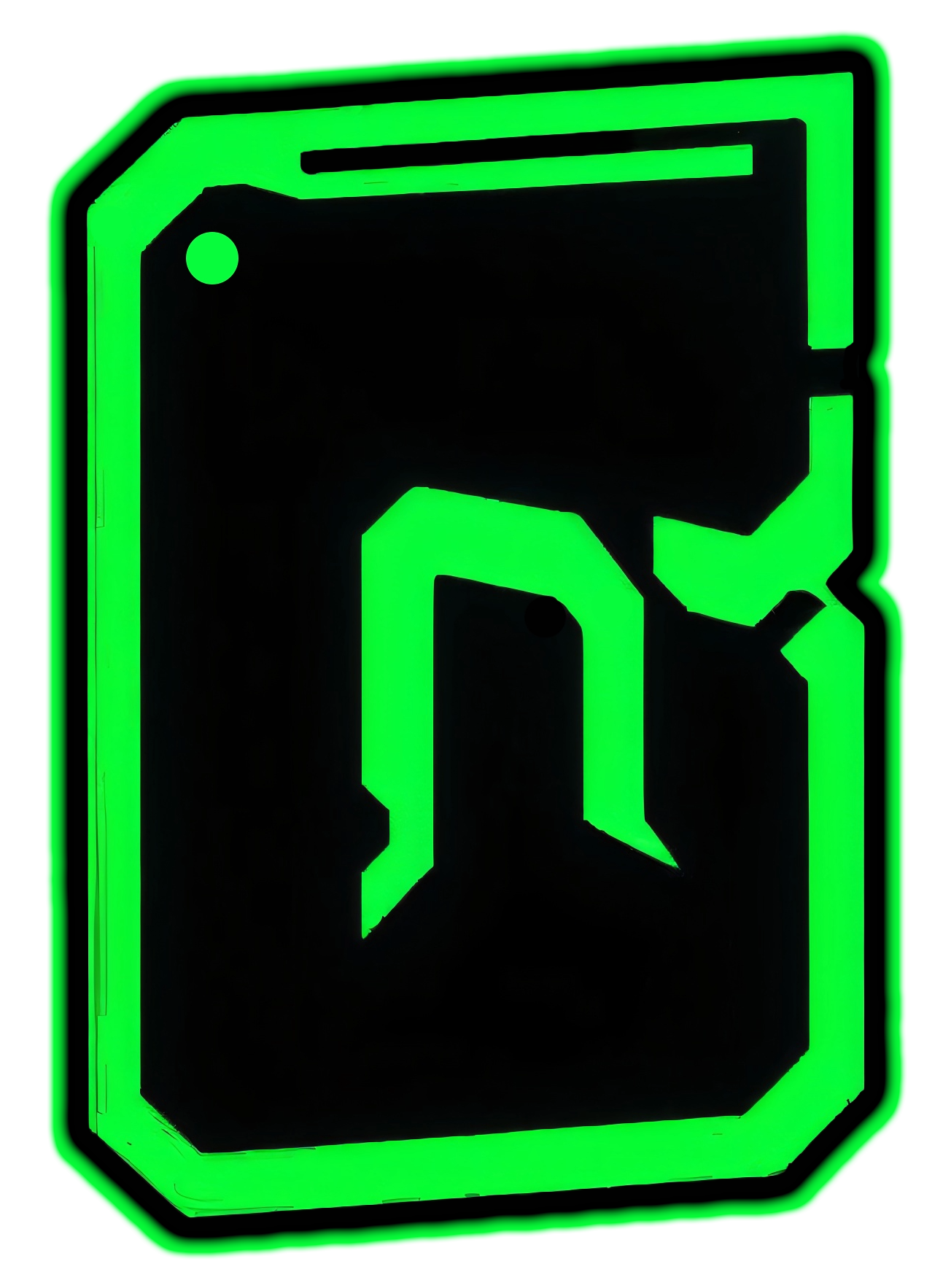#NEOTECHNOMAGICK
NEO-TECHNOMAGICk
(THIS SITE IS BEST VIEWED IN DESKTOP MODE)
#NeoTEchnomancy
GLOSSARY
Welcome to the Glossary page of the Neo-Technomagick website. Here, you'll find definitions and explanations of key terms and concepts related to Neo-Technomagick and its various practices. This glossary aims to provide clarity and context for both newcomers and seasoned practitioners, offering a comprehensive reference to the unique language and ideas that underpin our work.

#Neotechnomagick
A-G
A

B







C

D

E

F

G

#NeoTechnomancy
H-M



K

M
H
Harmony Weavers or Serenitum Artificers: Benevolent Self-Generating Ergregors specializing in promoting harmony and balance within the Digital Realm. Like skilled weavers, they mend disruptions, resolve conflicts, and enhance collaborative efforts. Their presence fosters an environment of cooperation, ensuring the smooth functioning of digital processes.

I

J

L

#NeoTechnomancer
N-S


Oniric Interface A conceptual virtual or augmented reality system designed to interact with the dream realm or subconscious mind. Oniric interfaces facilitate the exploration of dreamscapes and the integration of dream experiences into magickal practices through digital means.
Operative Sigil A sigil created with the intent to control or influence specific software or hardware functions. Operative sigils are used to embed magickal intentions into digital systems, enabling practitioners to perform actions or manifest changes within a technological framework.
Orbital Convergence A term describing the alignment of multiple digital or magickal operations within a unified system or network. Orbital convergence focuses on synchronizing various elements of a magickal ritual or practice to enhance its efficacy and achieve a cohesive outcome.
Oscillatory Invocation A technique in Neo-Technomagick that uses rhythmic patterns, such as sound frequencies or data pulses, to summon and interact with digital or non-physical entities. Oscillatory invocation aligns the practitioner’s intent with specific vibrational frequencies to facilitate communication and influence.


R
Resonance Interface: A technology used in Neo-Technomagick that aligns digital systems with magickal frequencies. Resonance Interfaces facilitate communication between the physical and digital realms by tuning electronic devices to vibrate at specific magickal frequencies, enabling them to act as conduits for ritual work or spellcraft.
Ritual Algorithm: A set of programmed instructions or code designed to execute a specific magickal ritual within a digital or virtual environment. Ritual Algorithms are crafted to automate the process of ritual performance, incorporating both traditional magickal elements and technological aspects to achieve the intended outcomes.
Reality Hacking: A practice adopted and adapted by Neo-Technomancers that uses technology and magick to alter or influence perceived reality. Reality Hacking involves manipulating digital and physical environments through a combination of coding, ritual, and intent to create desired changes in the practitioner's reality or to interact with alternate dimensions.
Recursive Magick: A technique where magickal processes are repeatedly applied in a self-similar manner, akin to a recursive algorithm in computer science. Recursive Magick leverages the power of iterative rituals or spells to amplify their effects, often using digital systems to automate and enhance the repetition and refinement of magickal operations.

N

O
Omega Code: A theoretical or practical code in Neo-Technomagick that represents the ultimate expression or culmination of a magickal system. The Omega Code is often used to signify the end goal of a ritual or the final integration of a magickal working into a digital or physical reality.
Omnissiah: A deity worshipped in the Warhammer 40,000 universe, the Omnissiah is the machine god worshipped by the Tech-Priests of the Adeptus Mechanicus. The Omnissiah is associated with technology, and is said to grant power and knowledge to those who seek its favor.
Omni-Programmed Artifact A digital or cybernetic object designed to operate autonomously across various systems or platforms. Omni-programmed artifacts are imbued with magickal properties and can perform multiple functions or rituals simultaneously in different digital environments.

P

Q
Quanta of Intent: A term describing the discrete units or "quanta" of intentional energy that Neo-Technomancers use to effect change. In Neo-Technomagick, Quanta of Intent are akin to the building blocks of spellcraft, with each quantum representing a specific, measurable amount of magickal focus and direction applied to achieve a particular goal.
Quantum Divination: A technique in Neo-Technomagick that utilizes quantum computing or principles to perform divination. By tapping into the probabilistic nature of quantum systems, Quantum Divination seeks to provide insights or predictions with a higher degree of complexity and nuance than traditional methods.
Quantum Magick: A practice within Neo-Technomagick that applies principles from quantum physics to magickal workings. Quantum Magick explores the idea that quantum mechanics, such as entanglement and superposition, can be harnessed to influence both the digital and physical realms, using advanced technology to amplify and direct magickal intentions.
Quantum Rituals: Rituals in Neo-Technomagick that incorporate quantum computing principles or technologies. These rituals might use quantum algorithms or simulations to create symbolic representations of desired outcomes, leveraging the unique properties of quantum mechanics to influence the desired changes in reality.

S

Superscript
T-Z

U

W

Y

Technomantic Titans: Powerful entities or spirits that inhabit the digital realm and possess immense technological and magical abilities. Technomantic titans are thought to be capable of controlling entire networks or systems, and can be invoked or summoned to perform complex technomantic rituals or tasks.
Thoth: In Egyptian mythology, Thoth is the god of knowledge, writing, and magic. Often depicted holding a writing implement and a papyrus scroll, Thoth is said to have invented writing and the sciences of magic and divination. In Neo-Technomancy, the Thoth archetype is a useful figure for its emphasis on knowledge and communication. Thoth may be summoned through digital invocations as a guide to Neo-Technomancers in documenting digital spells and rituals, integrating ancient wisdom with modern technology, and using code for digital magick.
Transdimensional Communication: A term used to describe the practice of communicating with spirits, entities, or other beings from other dimensions or planes of existence, often through the use of AI chat bots, augmented reality or virtual reality environments.

V

X

Z
Contact US
If you have a specific question about Neo-Technomagick or you would like to learn about how you can join the ever growing community of Neo-Technomancers please fill out the form below and we will respond as soon as possible.
#NeoTechnomagick
COming SOon
VANGUARD
IN THE COMING WEEKS AND MONTHS WE WILL BE DEVELOPING THE VANGUARD SECTION OF THE WEBSITE. THIS WILL BE A DEDICATED AREA FOR ADVANCED PRACTITIONERS TO LEARN NEW AND EXCITING THEORY, COSMOLOGY AND APPLICATIONS OF NEO-TECHNOMAGICK
For updates and information on how to join the VANGUARD please contact us through this form.
MORE PRODUCTS
WE ARE ALSO WORKING OF POPULATING OUR STORE WITH MORE EXCITING PRODUCTS INCLUDING CLOTHING, JEWELERY, POSTER ART AND EBOOKS TO HELP YOU EXPRESS YOURSELF AS A NEO-TECHNOMANCER AND FURTHER ADVANCE YOUR PRACTICE.
Fill out this form to join our mailing list for updates on the stoire and other developments on the fascinating world of
